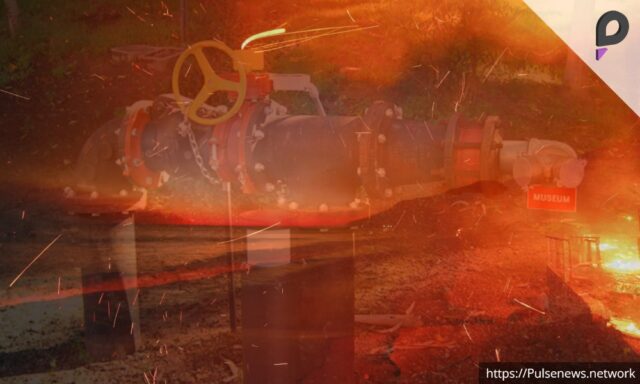Los Angeles: Southern California’s destructive wildfires have caused widespread devastation, forcing officials to confront critical prevention and readiness challenges.
Experts agree that the combination of extreme winds, drought conditions, and multiple fires made destruction nearly unavoidable.
Aircraft couldn’t operate due to hurricane-force winds, limiting the ability to control flames early on.
Despite the severe natural conditions, better planning and management could have reduced damage, experts suggest.
Flawed Vegetation Management and Aging Systems
Inconsistent vegetation control and outdated infrastructure worsened the situation in neighborhoods affected by the fires.
More than 55 square miles were scorched, with thousands of structures destroyed and at least ten people killed.
Fire officials highlight how these factors, combined with climate-driven risks, made containment increasingly difficult.
Los Angeles Mayor Karen Bass assured residents of a comprehensive evaluation to address what worked and what failed.
Hydrant Pressure Drops, Exposing System Failures
Firefighters reported dry hydrants due to water pressure loss during the fires, severely limiting their firefighting abilities.
Some reservoirs, crucial during fires, were under repair and empty when firefighters urgently needed water.
A reservoir near affected areas lacked usable water, compounding difficulties in battling the raging flames.
California Governor Gavin Newsom ordered an investigation into water system issues and their contribution to the disaster.
Power Failures Add to Fire Response Delays
Electrical issues in Altadena contributed to dry hydrants, complicating efforts to control the Eaton Fire.
Bob Gomperz, from a regional water board, noted these failures limited hydrants’ reliability for firefighters.
High winds disrupted more than just fire containment strategies, exacerbating access to vital resources.
Local and state officials are determined to learn from these failures and bolster future disaster response.
Calls for Accountability and Improved Systems
Newsom’s letter stressed the need to address these issues, ensuring such shortcomings never happen again.
He emphasized the importance of understanding how to maintain essential firefighting resources under severe conditions.
Investigations will focus on water supply systems, infrastructure resilience, and better management of fire-prone regions.
Southern California faces a harsh reality: preparing for increasing climate-driven disasters requires swift and significant system overhauls.











